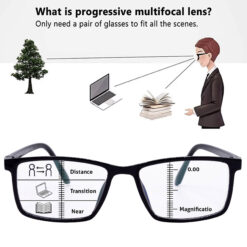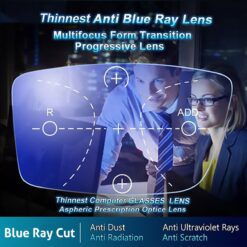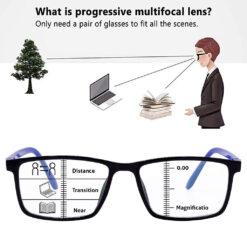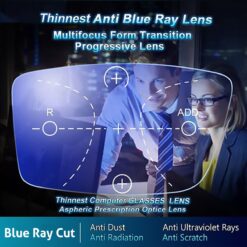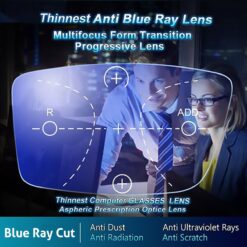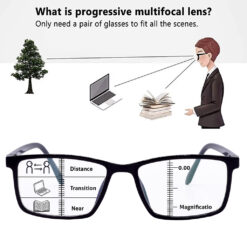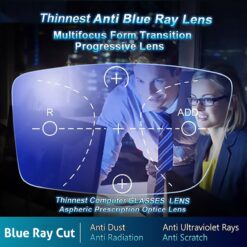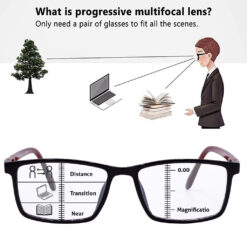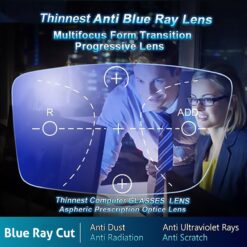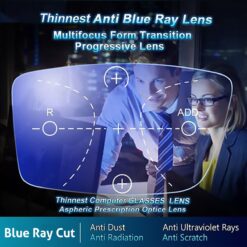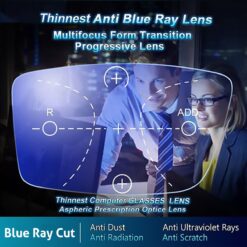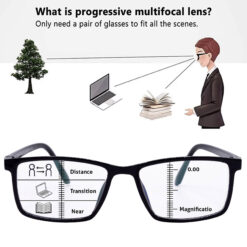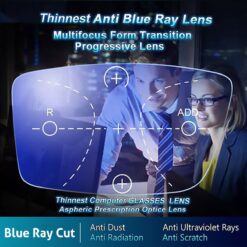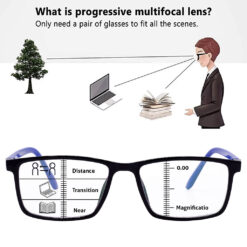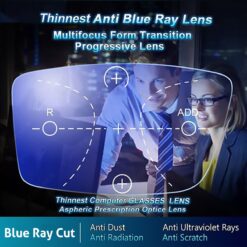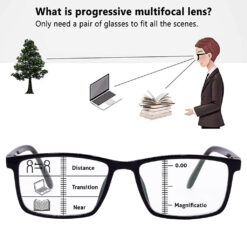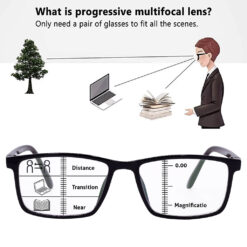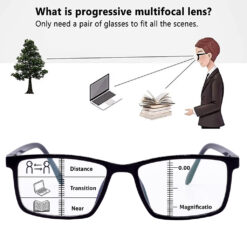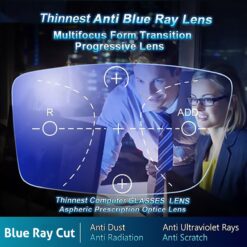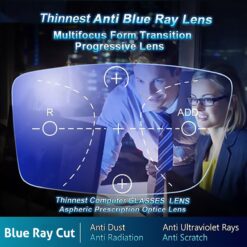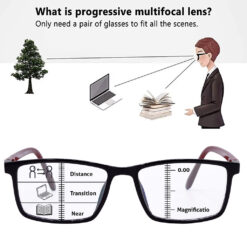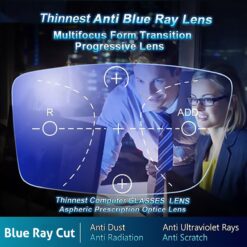Progressive Reading Glasses
Progressive Reading Glasses
Progressive Reading Glasses
Progressive Reading Glasses
Progressive Reading Glasses
Progressive Reading Glasses
Progressive Reading Glasses
Progressive Reading Glasses
Progressive Reading Glasses
Progressive Reading Glasses
Progressive Reading Glasses
Progressive Reading Glasses
Progressive Reading Glasses
Progressive Reading Glasses
Progressive Reading Glasses
Buy Best Progressive Glasses In India Online
Looking for the Best Progressive Glasses In India without getting lost in jargon or confusing choices? Here’s a clear, value-packed walk-through that blends real user needs with expert insights, so picking your next pair feels simple, affordable, and truly personalised. The goal is to help find progressive glasses that deliver crisp distance, comfortable computer vision, and easy reading—without constant switching between spectacles.
Progressive Glasses Meaning: What They Actually Do
Progressive Glasses, also called multifocal or varifocal glasses, pack multiple powers into a single lens so distance, intermediate, and near tasks all stay clear—without any visible segment lines or the “image jump” many experience with bifocals. Think of the lens as a smooth ramp: the top for distance (driving, TV), the middle for intermediate (laptop, dashboard), and the bottom for reading, all blending gently so everyday tasks feel natural and continuous.
Progressive Lenses vs Bifocals vs Varifocals
Bifocals have visible lines and only two zones, which can cause abrupt switching and an “image jump,” while Varifocal/Progressive lenses are seamless and add an intermediate zone for screens and everyday tasks, giving a more natural viewing experience. Varifocal and Progressive are essentially the same concept; the key is how well the design balances field-of-view with minimal side distortion for each wearer’s needs.
Progressive Reading Glasses vs Multifocal Progressive Glasses
Progressive Reading Glasses lean heavier on the near and intermediate ranges for bookworms and screen-heavy users, while full Multifocal Progressive Glasses are tuned for all-day use with a stronger distance zone—ideal if moving between meetings, screens, and commutes.
Progressive Glasses Clear On Top: Zone-by-Zone View
A practical mental map helps: look straight through the top for far, drop the eyes slightly for computer, and dip further for reading; turn the head to “follow” objects rather than only shifting eyes sideways to avoid peripheral blur common to progressives by design.
Who Should Choose Progressive Lenses
Anyone juggling distance and near—especially after the mid-40s when presbyopia sets in—benefits from progressives that deliver clear vision across ranges without swapping between separate pairs. They’re also helpful for mixed tasks like cooking, travelling, presentations, and switching between phone and laptop through the day.
Presbyopia and Everyday Comfort
Presbyopia reduces the eye’s focusing flexibility, making near tasks harder; progressives counter this by blending powers smoothly so daily routines feel natural instead of stop-start between spectacles.
Screen-Heavy Work and Intermediate Zones
If work revolves around screens, a progressive with a wider intermediate corridor (sometimes called “office” or “computer” progressives) cuts neck strain from constant head tilting and gives a stable view for spreadsheets and emails.
Best Progressive Glasses: Design Types Explained
Not all progressive lenses feel the same—some prioritise wide fields, others reduce swim and distortion, and premium options customise corridor length and zone widths to prescription, frame, and posture needs. The result is less eye fatigue and faster adaptation when the design and measurements match daily use patterns closely.
Standard, Advanced, and Custom Designs
-
Standard designs: budget-friendly, narrower reading area, acceptable for light use.
-
Advanced designs: wider near/intermediate zones, better for screen and office tasks.
-
Custom/personalised: tailored corridor and field-of-view based on frame fit, facial anatomy, and working distance; best comfort and fastest adaptation.
Field-of-View, Distortion, and Personalisation
All progressives have some peripheral distortion; better optics and precise fittings reduce it significantly so walking, reading signs, and scanning screens feel stable faster.
Progressive Lens Benefits (And Real Limitations)
The biggest benefits are convenience, seamless vision at multiple distances, and clean aesthetics without bifocal lines, which many find stylish and confidence-boosting. The trade-offs: a short learning period, some peripheral distortions initially, and higher prices than single-vision or basic bifocals—though many consider the convenience worth it.
Advantages People Notice First
One pair for everything, natural transitions between tasks, and no visible line on the lens make daily life easier and more comfortable—especially if appointments, screens, and reading are part of the routine.
Progressive Lens Advantages And Disadvantages
Pros: convenience, seamless look, clear vision at all distances; cons: adaptation time, possible motion sensitivity early on, and higher cost driven by advanced design and customisation.
Adaptation Curve—What To Expect
Most first-timers adapt within days to a couple of weeks with correct fitting and consistent wear, especially when using proper head turns and eye positioning through the zones as taught by an optician.
Blue Light Progressive Glasses: Do You Need Blue-Cut?
For long hours on screens, Blue Light Progressive Glasses can reduce glare and perceived eye strain, especially under bright LEDs and at night, while AR coatings cut reflections and improve clarity; consider them if work extends past evenings.
Progressive Lens Blue Cut vs Regular AR
Blue-cut filters target high-energy blue wavelengths from screens, while AR reduces overall reflections; combining both can deliver calmer vision and fewer distractions, particularly for professionals and students juggling screen time with reading.
Night Driving and Screen Comfort
Anti-reflective coatings are a must for night driving to tame halos and glare, while balanced blue-cut can make late-night screens feel gentler without an overpowering colour tint when specified appropriately.
Picking Frames For Progressive Lenses
Frame height matters: progressives need enough vertical space to fit distance, intermediate, and near zones comfortably, so ultra-shallow frames can squeeze the reading area and slow adaptation. A stable, well-fitting frame keeps measurements accurate and the viewing corridors aligned through the day.
Ideal Frame Size and Shape
Choose moderate-to-taller lens heights that support a full corridor; a snug bridge and proper pantoscopic tilt ensure the zones align with natural gaze and posture for less strain.
Rimless, Semi-Rimless, and Full-Rim Choices
Some very thin or rimless frames may limit certain designs based on prescription strength and corridor needs; check feasibility before ordering to keep field-of-view comfortable.
Best Place To Buy Progressive Glasses Online
When ordering online, prioritise stores that capture precise PD and fitting height, allow frame try-ons or size guides, and offer upgrade paths for coatings and blue-cut along with a fair exchange policy for adaptation support.
Custom Measurements That Matter
Ask how fitting height is captured for the chosen frame and whether any custom measurements—like vertex distance, pantoscopic tilt, and wrap—are used for higher prescriptions, as these boost clarity and comfort noticeably.
Are Progressive Glasses Worth It?
If daily life spans commuting, screen work, and reading, progressives save time and mental load from swapping spectacles, becoming a smart long-term value even with higher upfront cost—especially when tailored well. For dedicated desk jobs, adding a second “office” progressive can supercharge comfort at intermediate ranges.
Cost vs Comfort vs Convenience
The value comes from all-in-one convenience and a clean aesthetic, with premium design and correct fitting driving the best experience; this is why many consider them worth it after the first weeks of use.
When Not To Choose Progressives
If only reading is needed and distance vision is perfect, simple reading glasses might be enough; very small frames or unstable fits also reduce progressive comfort, so choose frames thoughtfully.
Progressive Glasses Brands & Lens Quality
Different lens ranges vary in corridor design, distortion control, and customisation depth—what matters most is matching the design to lifestyle and getting precise measurements that align the optical zones exactly where the eyes need them.
How To Compare Lenses Without Overpaying
Compare field-of-view width for reading and computer, availability of custom fitting parameters, coating quality, and remake support; price climbs with personalisation and coatings, so pick features that matter for real daily use.
What Opticians Recommend You Ask
-
How wide is the field of vision in my chosen design?
-
What specific tasks is this lens optimised for?
-
How will custom measurements be taken for my frame?
Coatings, Blue-Cut, and Warranty
AR coatings sharpen clarity and tame reflections; blue-cut helps under harsh LEDs and late-night work; a clear warranty and adaptation policy protect the investment.
Best Progressive Lens For Work, Travel, and Reading
Travel-heavy routines benefit from everyday progressives with balanced zones; desk-heavy roles appreciate office designs with a broader intermediate; heavy readers may prefer designs emphasising a generous near area for books and mobile devices.
Office/Computer Progressives vs Everyday
Office progressives widen the mid-zone for monitors and spreadsheets while everyday designs balance all three zones to handle unpredictable routines better.
Progressive Reading Glasses—When They Help
For those who only need help up close and mid-range with minimal distance use, progressive reading glasses can feel more natural than swapping between single-vision readers and computer glasses.
Affordable Progressive Glasses: Smart Ways To Save
Spend on design quality and accurate fitting rather than only on fancy coatings; if screens dominate, a good AR plus measured blue-cut is worth it, while ultra-premium tints can be optional—balance features with real-life use to keep costs under control.
Where To Spend vs Where To Save
Prioritise field-of-view and customisation first; add AR for clarity; blue-cut if working late; keep extras lean unless there’s a specific need like frequent night driving or harsh lighting environments.
Must-Have Features vs Nice-To-Have
Must-have: proper fitting, suitable corridor length, AR; nice-to-have: tint/photochromic and advanced hydrophobic coatings depending on outdoor time and maintenance habits.
Common Mistakes To Avoid With Progressive Lenses
Choosing ultra-shallow frames that compress the reading zone, skipping custom measurements, and expecting instant comfort without a short training period are the biggest issues that delay satisfaction with progressives.
Wrong Frame Choice
A too-small lens height limits the corridor and squeezes near vision, making reading uncomfortable and forcing awkward head tilts; a modestly taller frame solves this instantly.
Skipping Custom Measurements
Precise fitting height, PD, and frame positioning ensure zones land where the eyes naturally look—this single step often determines whether adaptation takes days or drags on for weeks.
Progressive Lenses: Adaptation Tips That Actually Work
Wear them full-time for the first week, point the nose toward what needs to be seen, and shift eyes down into the reading zone instead of dropping the head; tiny habits like these dramatically shorten the learning curve.
Training Your Eyes For Zones
Practice reading with small downward eye movements and scanning screens by turning the head slightly to bring text into the clear corridor instead of peeking through lens edges.
Head Movements and Posture Tricks
At a desk, adjust monitor height so the gaze falls through the intermediate corridor; for documents, keep them slightly lower to align with the near zone—this keeps neck and eyes relaxed.
Progressive Glasses Blue Light For Students and Professionals
If long sessions on laptops and phones are non-negotiable, blue-cut with AR helps calm visual noise and can feel “softer” on the eyes across a long day, especially under cool-white LEDs common in offices and study spaces.
Eye Strain and Long Screen Hours
By cutting reflections and filtering select blue wavelengths, many users report less squinting and fewer headaches after extended sessions, especially when combined with regular breaks and proper lighting.
Sleep, Glare, and Filter Levels
Heavy blue exposure late at night can impact sleep patterns; balanced blue-cut makes twilight work feel gentler without dramatic colour shifts if specified with a modern neutral-toned filter.
Progressive Lenses For Driving and Outdoors
Pair progressives with quality AR to cut night glare and consider photochromic or sun lenses for daytime drives and outdoor time—this duo keeps signs, dashboards, and phones legible without juggling multiple pairs.
Sunglasses and Photochromic Options
Photochromic progressives adapt to daylight while maintaining reading and intermediate clarity; for intense sun, dedicated progressive sunglasses with polarisation boost comfort and contrast dramatically.
Contrast, Anti-Reflective, and Safety
AR lifts clarity in low light and rain by reducing ghost images and halos; combined with good frame fit, it makes commutes more relaxed and safer for the eyes.
Progressive Lenses: Care, Cleaning, and Longevity
Rinse dust before wiping, use a microfiber cloth, and avoid harsh chemicals; storing in a hard case prevents scratches and keeps coatings performing at their best, extending lens life meaningfully.
Coating Protection
AR and blue-cut coatings need gentle care; clean regularly to preserve transparency and reduce micro-scratches that lower clarity over time.
Case, Cloth, and Routine
Carry a case and cloth daily; a 10-second clean before long reading or driving sessions keeps vision crisp and reduces strain.
Best Progressive Glasses Online: What To Expect From opticalindia.com
Discover Best Progressive Glasses In India with a focus on balanced designs, accurate measurements, and smart coating options so the first wear feels confident, not confusing. Expect clear pathways for AR and blue-cut, guidance on frame height for progressives, and support that prioritises adaptation success.
Fast Fit, Smart Filters, and Easy Support
From selecting the right corridor for work style to picking coatings that suit screen habits, the experience emphasises comfort, clarity, and everyday practicality, so the glasses integrate naturally into a busy routine.
Value, Quality, and Assurance
Competitive pricing with attention to the must-haves—fit, corridor, and coatings—means long-term satisfaction without overpaying for features that don’t fit daily needs.
Conclusion
Best Progressive Glasses In India should feel personal, not generic: the right frame height, accurate measurements, and a design that matches how the day actually unfolds unlock quick adaptation and all-day comfort. Add AR and, if screens dominate, a balanced blue-cut; wear consistently for the first week; and use small head turns to keep text in the corridor—these simple steps move progressives from “I’m adjusting” to “I forget I’m wearing them” surprisingly fast.

